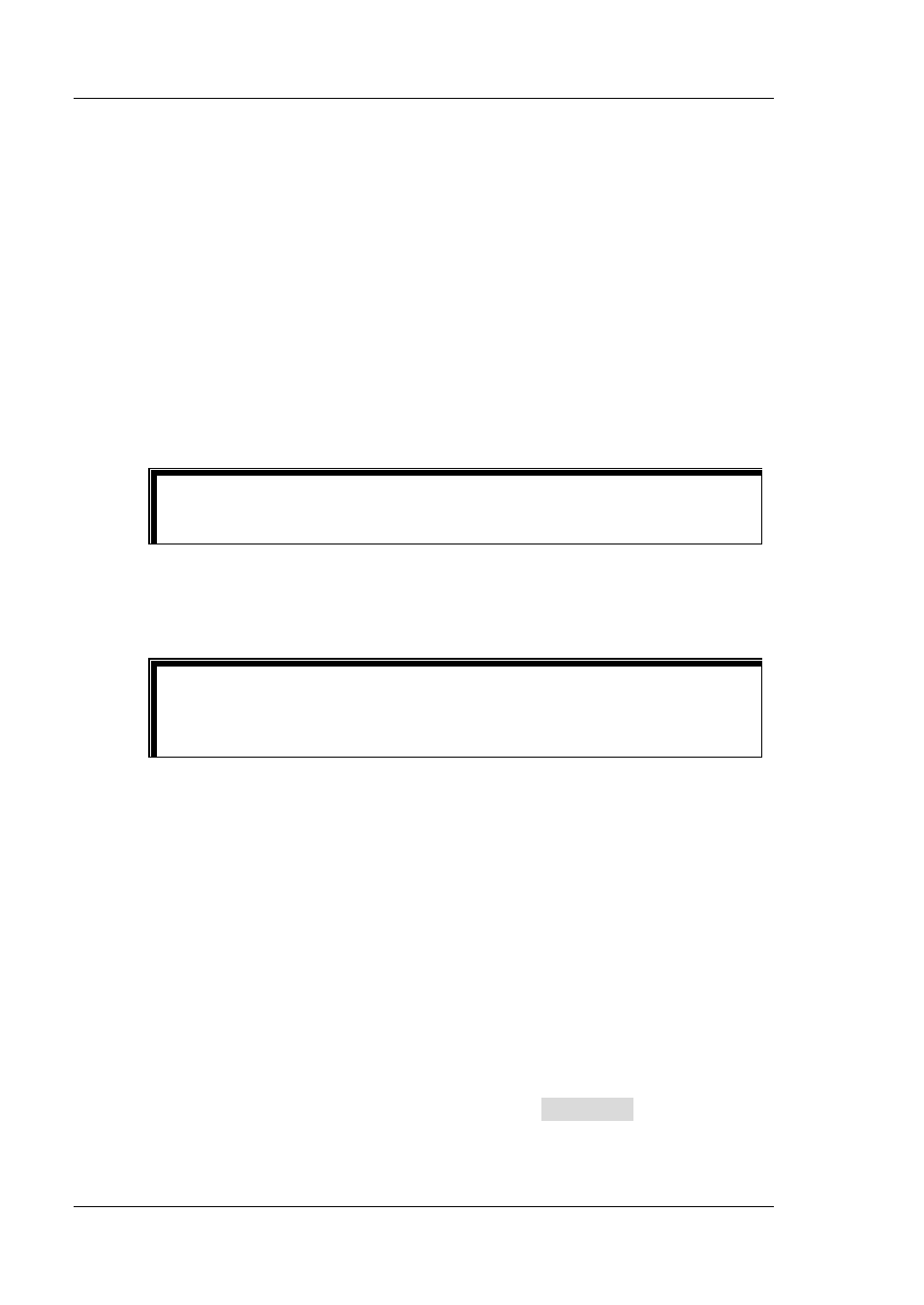Construct the output waveform – RIGOL DP832 User Manual
Page 74

RIGOL
Chapter 2 Front Panel Operations
2-24
DP800 User’s Guide
Hi Level
When the templet currently selected is Pulse, set the high level of the Pulse
and the range is related to the channel currently selected. It should be
greater than or equal to the low level currently set.
Lo Level
When the templet currently selected is Pulse, set the low level of the Pulse
and the range is related to the channel currently selected. The low level
should be lower than or equal to the high level currently set.
Width
When the templet currently selected is Pulse, set the positive pulse width of
the Pulse (namely the duration of high level within a period). The range is
from 1s to 99998s.
Tip
The actual range of the positive pulse width is related to the period
currently set. The actual range is from 1s to (Period-1s).
Period
When the templet currently selected is Pulse, set the period of the Pulse
and the range is from 2s to 99999s.
Tip
The actual range of the period is related to the positive pulse width
currently set. The actual range is from (Positive Pulse Width+1s) to
99999s.
Symmetry
When the templet currently selected is Ramp, set the symmetry of the
Ramp (namely the ratio of the duration of the rising edge within a period to
the whole period) and the range is from 0% to 100%.
Rise Index
When the templet currently selected is Exp Rise, set the rise index of the
Exp Rise and the range is from 0 to 10.
Fall Index
When the templet currently selected is Exp Fall, set the fall index of the Exp
Fall and the range is from 0 to 10.
4. Construct the output waveform
After editing the timer parameters (templet), press Construct to construct the
output waveform. The timer parameters corresponding to the output waveform
constructed are displayed in the timer parameter list as shown in Figure 2-2.